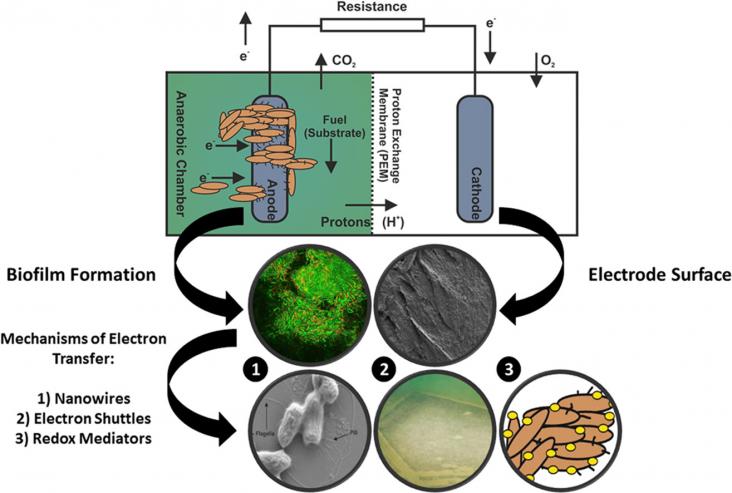Solar photovoltaic modules have suddenly emerged as one of the cheapest options for bulk electricity supply. In a recent Energy Policy article, Kavlak et al.
N-type Mg3Sb2-based Zintl compounds have attracted considerable interest in recent years for their high thermoelectric performance.

Research into alternative renewable energy generation is a priority, due to the ever-increasing concern of climate change.
With growing health risks from rising temperatures in the Global South, the lack of essential indoor cooling is increasingly seen as a dimension of energy poverty and human well-being.
This mini-review succinctly describes the recent progresses in selective heterogeneous photocatalysis for the preparation of high value organics from lignocellulose-based waste as well as the perspect
Blockchains or distributed ledgers are an emerging technology that has drawn considerable interest from energy supply firms, startups, technology developers, financial institutions, national governmen
In the last decades, energy scarcity has become an important issue globally.
The paper investigates the construction of strategies aiming to up-scale low-carbon innovations from pilot to full commercial scale.
In the last decades, energy scarcity has become an important issue globally.
Using a consumption-based Multi-Regional Input-Output (MRIO) model, we investigate the distinctive characteristics, self-efficiency or external dependency, of energy demand's water footprint in China'
